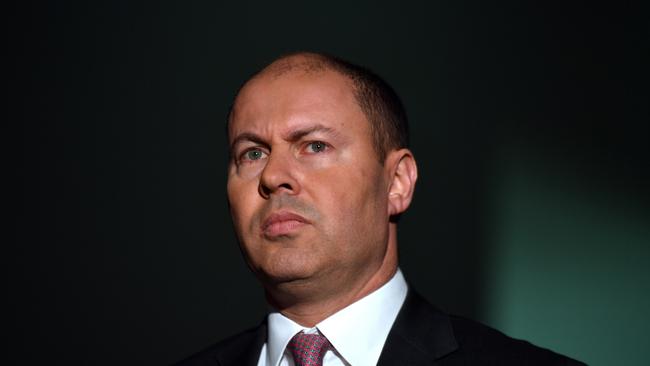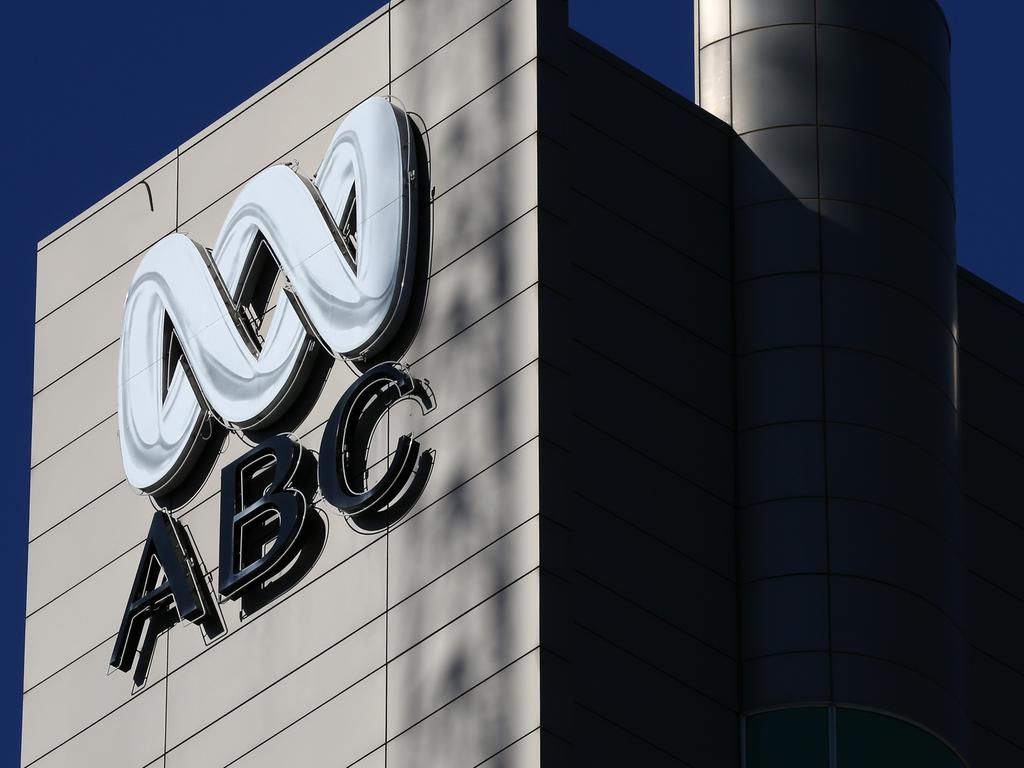
The big fall in American sharemarkets is an advance warning of the danger that is now emerging to the Australian banking system.
While the American fall is driven by fears of an infection rate rise in the wake of the black lives matter protests – which might also happened here – our danger comes as a result of a flaw in the way our various aid programs were structured. They all end at the same time.
That’s why the bravado coming out of government politicians at the moment in Canberra is foolhardy. The simple truth is that we have never experienced anything like this before and those who believe the economic crisis is all over could be horribly wrong. More help will be required.
Later in this commentary I will use scenarios to detail the danger.
The COVID-19 crisis was different to any crash that we have seen in our recent history. It was not created by financial disasters either here or abroad but via a virus. Our response was to set up a series of rescue mechanisms which we managed with considerable skill. But by having them all end at around the same time we have created a series of “rescue trains” on the same collision course. And what makes it so dangerous is that nobody -including politicians, Treasury, the Reserve Bank and bank chief executives – knows the extent of the problem.
What we do know is that if the government gets it wrong then it is the banks and the banking system that will be hit hardest. And, as we have seen before, when banks are crippled the repercussions in the economy are severe.
So let’s look our collision course “rescue trains” and what we know about them.
• The first was the instruction to banks to defer loans. Alan Kohler highlighted that the deferred loans total a mammoth $224 billion from 744,904 loans – $165 billion in mortgages and $101 billion in business loans (which add up to more so there must be some overlap). Total equity capital of the big four banks is $251.5 billion. LINK. D-Day looms for banks over $224bn in loans June 8
The loan deferral program runs out in September. Discovering the real situation of 744,904 deferred loans is a monumental management task which threatens to overwhelm the banks.
• The second train was JobKeeper which involves more than three million Australians. No one really knows to what extent the JobKeeper salary impetus can be continued alone by enterprises when the program ends on September 27 .
• JobSeeker virtually doubled the old dole payments and involves some 1.6 million people. At the end of September they revert to the dole. When JobKeeper ends those who miss out on employment will get the dole because JobSeeker will have ended.
• The right to defer rents.
• Zombie companies. The provisions of the Companies Act make directors of a company personally liable if they trade while insolvent which causes companies to face any crisis very quickly. But as part of the COVID-19 measures, the government passed legislation that gives directors six months of temporary relief from personal liability for trading while insolvent. Many businesses are continuing to trade even though they have a little chance of coming out solvent when the exemption ends in September. They will stop trading leaving unsecured creditors and employees in their wake.. LINK Ending JobKeeper will bring a wave of unemployment.
To reduce our infection rate we stopped vast areas of the economy which created enormous underlying damage. Some areas of the business community escaped without damage and some even did well. Others are recovering but a large number are still in trouble.
And so consider a hypothetical enterprise that has kept its entire staff on the books from March, via JobKeeper. But at the end of September it needs only a fraction of that number of staff. It must retrench the others and pay entitlements. It borrowed from the bank to keep going and deferred its loans to get this far. But now it needs more money. If the bank says no, it goes out of business. The enterprises trading with that company might be solvent, but if too many customers fail they too will need to go to the bank.
And the people whose jobs are shed suddenly find they go on the dole with a huge fall in income, which affects their ability to pay rent and mortgages. They may have already deferred mortgage payments or rent.
I emphasise that here are lots of people in good shape and Home Builder will help. But no one knows the extent of the problem. What we do know is that if there is an unprecedented avalanche of calls for help, the banks will be unable to handle it.
The only Australian Bank CEO who has headed a bank in this sort of crisis is the NAB’s Ross McEwan, who had the task of rescuing the Royal Bank of Scotland after the GFC. He has recruited extra staff at NAB to start an investigation of the state of NAB customers. Speaking on ABC radio this week, his remarks are instructive (I have slightly edited them):
“I don’t think you can have such a hit to the economy and have it coming back as quickly as people expect,” McEwan said. “We’ve said that this economy will start really working again in 2022 and that’s at a level greater than what we finished 2019 at. You can’t stop an economy in the way that we had to do because of a health crisis and expect it to bounce back overnight. It will take many, many months to get back.
“We’ve started making contact with our own customers now, just doing a check with both business and individual customers to see what’s happening with them. It’s been interesting. About 10 per cent to 15 per cent of them have said, “Look, we’re actually in pretty good shape, please put our payments back on”. The rest have said “Look, you know, see how we’re going in the next month or two, as I get my job back” or “I get my business back up running.
“The government, so far, has played a very good hand of making modifications to its policies as need be to protect as much employment as it can and get businesses back going.
“The latest moves that it’s made around the HomeBuilder were welcomed. Each of those moves will be positive and I think they’ll have to make many, many more moves over the next six to 12 months”.
McEwan’s remarks underline the danger of having too many programs all ending at the same time.







